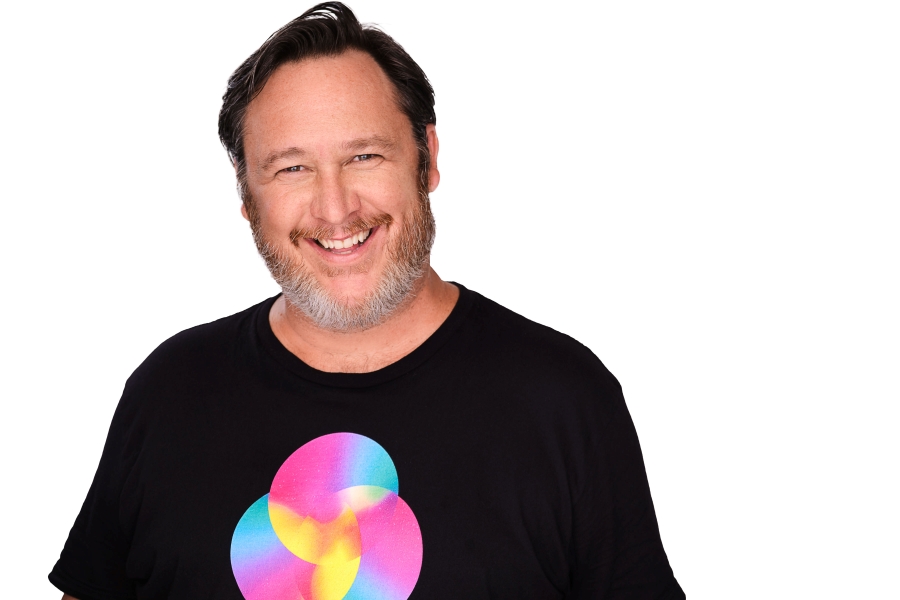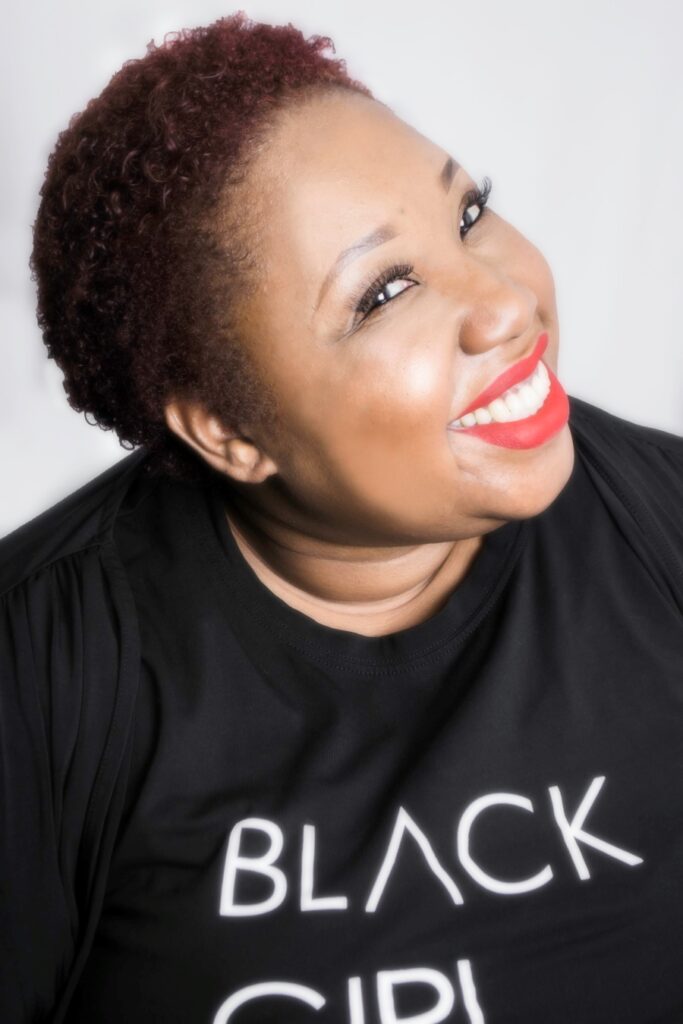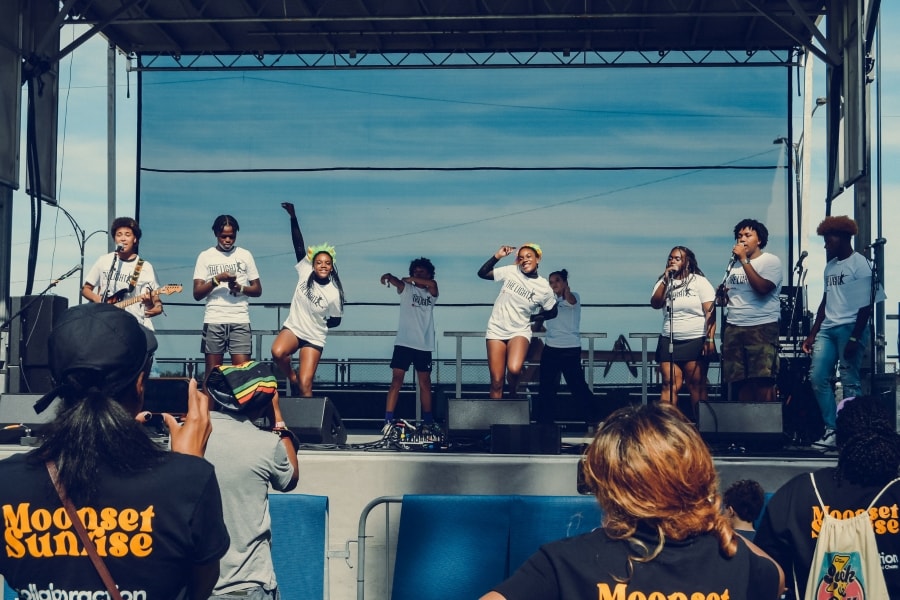It’s rare that someone is able to say that they performed at Lollapalooza before turning 20. But that was the case earlier this month for the members of The Light, Collaboraction’s youth program, which is aimed at providing Chicagoland artists ages 14-19 a chance to create art at the intersection of live performance and social change.
“It’s hard to meet other people in our age range that are so devoted, not just to create art but also social change,” said Cortez Stewart, a.k.a. Bigg Ceno, who is entering his second year in the ensemble. “We have really deep conversations about the world and things that are going on, and that keeps me wanting to come back.”
Now entering its third year, The Light selects participating artists through an audition process and meets two or three times per week during the summer; the young artists are paid $18 an hour for their time. Performers range from actors to singers to poets to dancers to musicians, and all share a passion for inspiring change in the community around them. So in addition to taking the stage as part of Kidzapalooza, the famed music festival’s family-oriented programming, the young artists are now preparing to head out on a performance tour of Chicago parks as part of the Chicago Park District’s “Night Out in the Parks,” highlighting a growing new branch for Collaboraction as a social justice organization.
“We believe that we can all come together and make the city a better place,” said artistic director Anthony Moseley. “And we believe that art is our greatest asset to do that in the city of Chicago.”

In that spirit, The Light offers young artists the chance to create original work around social causes that carry meaning for them individually. Stewart, for instance, is working on a new poem centered around how the media frames Black issues and stories, and the public reactions that come from how a story or issue gets framed. Earl Hester, pulling from his own experience with depression during the pandemic, is focusing his work on mental health awareness. And Kyra and Phallon Pierce, or the Pierce Twins, are working on a contemporary dance piece to Rihanna’s “Lift Me Up” while encouraging support of their charitable efforts to provide books to children and to underfunded school libraries.
“I used to think that some of these things that I fight for or genuinely really care about were far from something I could possibly affect or change people’s minds or opinions on,” Stewart said. “But the with opportunity that Collaboraction has given me, and me making specific art way more centered in that stuff, I found that there’s more people that are questioning those things, that are thinking the same things as me, especially around my age. I’m going to take that with me.”
Before the pandemic, Moseley said, Collaboraction did youth programming with After School Matters, working with up to 120 young people per year. In 2019 and 2020, Collaboraction held The Light: Youth Theatre Festival. The 2019 iteration featured 16 world premiere short pieces of theatre, dance, music, and spoken word, while the 2020 version saw artists craft 10 virtual responses to the pandemic and the Black Lives Matter movement. It was during the pandemic that Moseley said the organization had time to really evaluate their programming and its relationship to their mission.
They reasoned that, rather than working with 120 youth each year, they could have more impact with a smaller group, and could work more deeply with them by creating a space for them to bring their voices, talents, and passion for social change. The first ensemble featured six members, with four more joining the second year. Moseley said he thinks of The Light as a way for Collaboraction to prepare to hand the artistic torch to the next generation of artists and leaders. More than simply helping these performers create new work, Collaboraction wants to be able to put its power, privilege, and influence behind them all the way. He said it’s a natural continuation of Collaboraction, which he defined as “the longest devised piece that we’ve ever worked on. The company itself—we treat it as if it is a living, breathing meta-play in a way. That, I think, has allowed us to stay evolving and innovative and able to jump at opportunities to change.”

Moseley, who has been artistic director since 1999, recalled 2012 as the beginning of a major metamorphosis for the company. For years, Collaboraction produced full, multi-play seasons, including their annual Sketchbook Festival of world premiere short plays, eventually settling down in the Flat Iron Arts Building in Chicago’s Wicker Park neighborhood. But in response to the fact that many of Chicago’s theatres are clustered in wealthier neighborhoods, the company started to reorient its mission toward social change, devised work, and the conversations that can come from art. Initially, Moseley said, they saw hesitation from some in the community they had built around their theatre company, with some finding the move “too progressive.”
“You will lose people when you change and grow,” added producer and managing director Carla Stillwell, “but you will also gain people. You will gain the people that you’re looking for.”

As Moseley reflected on the shift, he said it now feels like the company got a bit of a head start on conversations that happening now across the theatre industry, allowing them to develop their ethos and methodology around community-oriented and mission-driven work. A glance around Collaboraction’s website won’t turn up a subscription ask or a bundled offer for tickets to shows across a season. Instead, Collaboraction offers memberships, laid out familiarly to anyone who supports artists through platforms like Patreon. Rolled out around 2018, Collaboraction offers various monthly support levels, starting at $1, to become a “collaboractivist.” Though the perks to these membership levels include free tickets, discounts, and swag bags, they also offer Collaboraction’s community a chance to support the company’s mission first, rather than any particular production. This allows Collaboraction to rally support around the kind of work they do and the values they root their work in, rather than in something more transactional.
“I think that frees everybody up to create and to do new things,” Stillwell said.
What’s next for The Light? Collaboraction’s leaders said they are looking to expand. The hope is that with support from the community and by partnering with organizations like Chicago Public Schools and the city of Chicago, The Light can continue to grow into a year-round program that includes new opportunities for participants.
“Partnerships have allowed us to start some conversations,” Stillwell said, “and start to think about how to get this generation of light bulbs to be mentors and leaders and go into CPS year round and teach folks their age. It’s peer-on-peer education on the ways to share your activism through your art and through your discipline.”
Even as they ready for their parks tour, ensemble members are already feeling the impact of their work. Not only have they been able to find community and inspiration within the program among like-minded artists; they’ve also started to see the effect it can have on the generation that is already looking up to them.
Said Kyra Pierce of performing at Kidzapalooza, “The kids’ reactions to everybody’s pieces and what they were talking about with their social justice causes—it was really eye-opening to how those little kids need role models like us in the world, to let them know that teenagers like us aren’t just on our phones. We’re trying to make change in the world.”
Jerald Raymond Pierce (he/him) is the Chicago editor for American Theatre. jpierce@tcg.org





